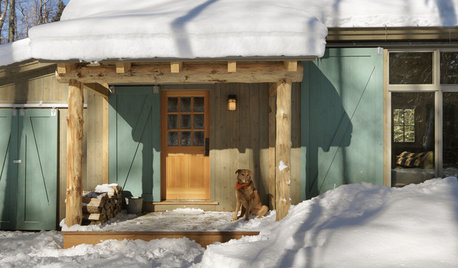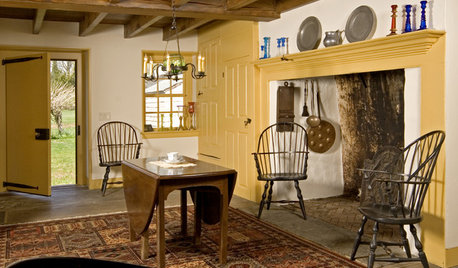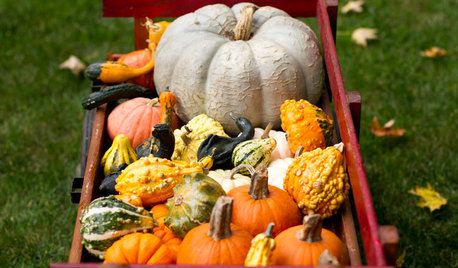woodstove ashes??
patrick_organic
15 years ago
Related Stories

FIREPLACESUpdated Woodstoves Keep Home Fires Burning
Better technology means more efficiency than ever for modern woodstoves
Full Story
REMODELING GUIDESClean-Burning Woodstoves Ignite a Greener Heating Trend
No need to rely on oil or gas to heat your home — new woodstove designs burn cleanly and are beautiful to boot
Full Story
RUSTIC STYLE10 Cabin Rental Basics for City Slickers
Stay warm, dry and safe while you’re enjoying winter cabin life with this valuable advice
Full Story
LIVING ROOMSHow to Convert Your Wood-Burning Fireplace
Learn about inserts and other options for switching your fireplace from wood to gas or electric
Full Story
LIVING ROOMS8 Reasons to Nix Your Fireplace (Yes, for Real)
Dare you consider trading that 'coveted' design feature for something you'll actually use? This logic can help
Full Story
GREAT HOME PROJECTSHow to Remodel Your Fireplace
Bring your fireplace design up to snuff with this makeover lowdown
Full Story
MONTHLY HOME CHECKLISTSSeptember Checklist for a Smooth-Running Home
Get ready to get cozy at home with snuggly blankets, well-stocked firewood, added insulation and more
Full Story
HOUZZ TOURSMy Houzz: Comfortable Country Style in Cincinnati
Warm colors, extra rooms and plush furniture make a couple's farmhouse-style home worth sharing with guests
Full Story
TRADITIONAL ARCHITECTURESo Your Style Is: Early American
The people we know as Pilgrims set the style stage back in 1620
Full Story
MONTHLY HOME CHECKLISTSTo-Dos: Your October Home Checklist
As temperatures drop and leaves start to turn and fall, prep for winter weather and enjoy the colors of the season
Full StorySponsored
Leading Interior Designers in Columbus, Ohio & Ponte Vedra, Florida
More Discussions






digdirt2
jeremyjs
coffeehaus
led_zep_rules
Kimmsr
val_s
wayne_5 zone 6a Central Indiana
blutranes
Kimmsr
blutranes
val_s
david52 Zone 6
helenh
david52 Zone 6
helenh
jeannie7
luckygal
blessedfrog